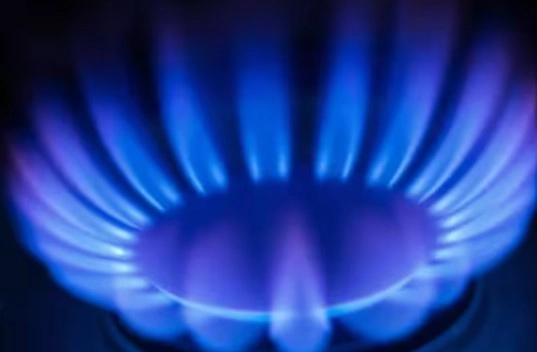
The Indian government has reduced the price of LPG gas cylinders by Rs 7. This gas is the most widely used for cooking in the country and the government also encourages its use. This gas is produced from fossil fuels and although it is expensive, its use is widespread. But have you ever wondered why the flame on an LPG gas stove is blue, while the color of fire is usually yellow, red or orange? Let's find out why this happens?
What is LPG?
LPG stands for Liquefied petroleum gas. It is a part of petroleum. It is mainly a mixture of propane and butane gases. It is stored in liquid form in gas cylinders. When it is used, it comes into contact with air and converts into a gas when the pressure is reduced. It is commonly used for domestic gas, such as cooking.
Easy and safe
The biggest feature of LPG is that it is very simple and safe. Its use is very easy under controlled conditions. As soon as this gas comes out of the stove, after catching fire, it burns in a limited area. Many countries of the world, including India, have made excellent arrangements for filling and distributing gas cylinders for its use.
Why is there a blue flame when burning?
AdvertisementTo understand why LPG flame is blue, we need to understand the process of burning fire. If you have ever seen a candle flame, you will see many colors in it. Red, orange, yellow and blue are all visible. Science says that they indicate different types of burning processes. The fire turns blue only when the burning process is complete. At the same time, the colors in the candle flame indicate that the burning process is not complete.
This is one reason, but the most important reason why a gas flame is blue is the low carbon content in the gas. A fuel that has a lot of carbon in it will have a red or yellow flame. This is why when a matchbox, coal, oil lamp, etc. are lit, their flame appears yellow or red, not blue.
No smoke or pollution
The hydrocarbons like propane and butane present in LPG burn completely when mixed with oxygen. This does not produce any kind of pollution or smoke. Such burning is called “complete combustion” and this is the reason why a blue and white flame is produced. That is, a blue flame is a sign that the gas is burning completely.
What do the other colors mean?
Surprisingly, sometimes the color of this gas flame also appears red, yellow or orange. Then it is something unusual, that is, it should not be. Apart from blue, these colors mean that the combustion process is not complete and carbon monoxide and smoke are also coming out.
Another aspect of LPG burning is temperature. A blue flame usually means your gas stove is producing maximum heat. A blue flame has a temperature of 1980 degrees Celsius. If a red flame is coming out of the same gas, its temperature is only one thousand degrees Celsius.